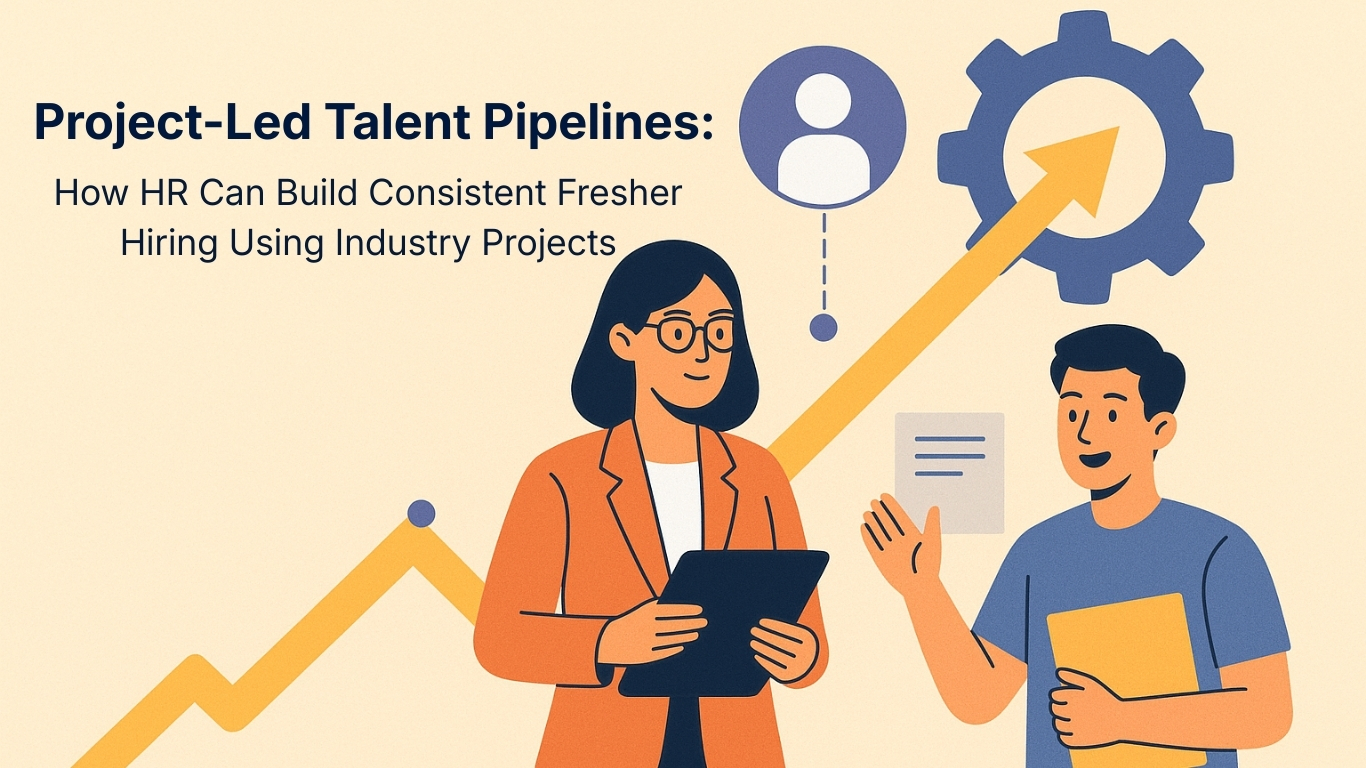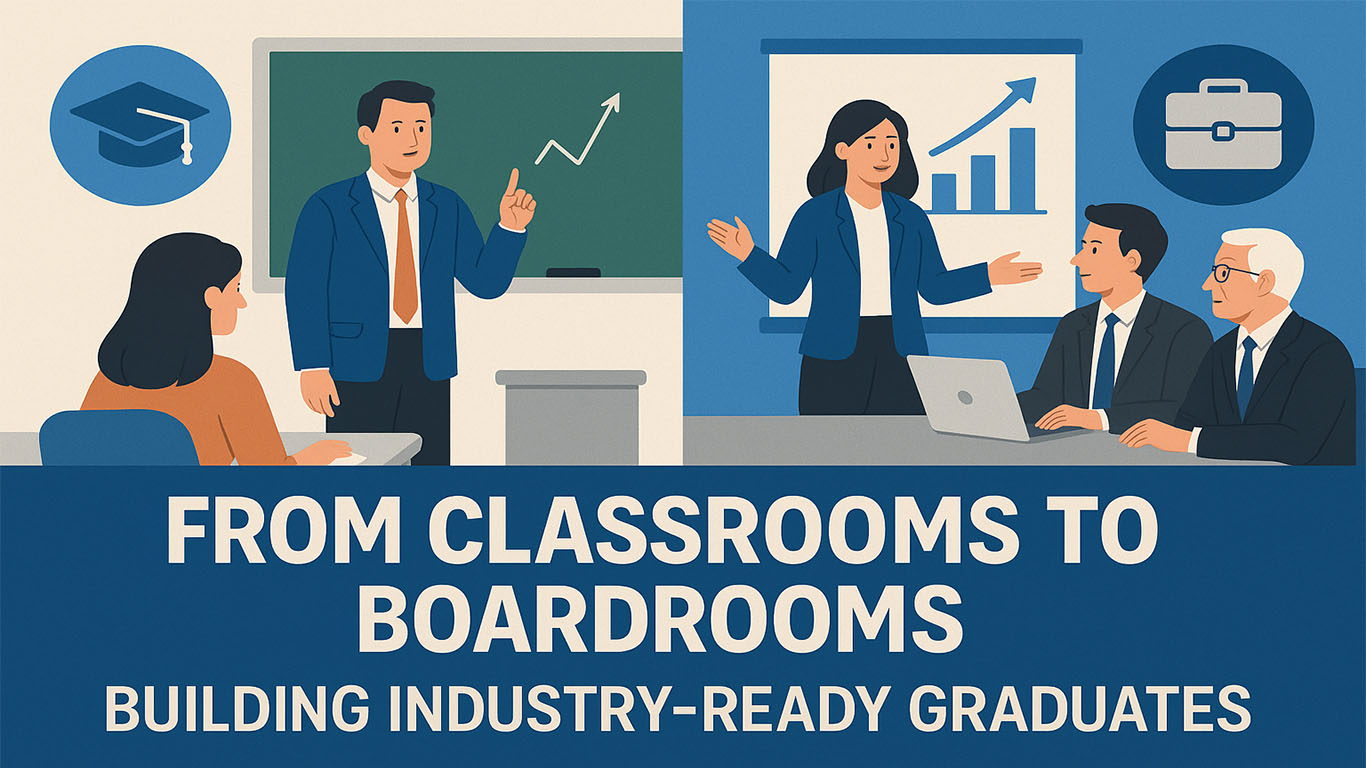Introduction
Micro-internships are changing the way students gain experience. Micro-internships offer real-world exposure within short, manageable timeframes. Today, students are turning to micro-internships to enhance their skills, explore industries, and build stronger resumes.
Micro-internships are becoming essential in a flexible, gig-driven job market. Unlike traditional internships, these allow students to complete meaningful work in just a few weeks. This blog explores how these short-term opportunities are shaping student careers—and how Qollabb is helping students access them.
1. What Are Micro-Internships?
These are short-term, project-based internship experiences that usually last between 1 to 4 weeks. These opportunities focus on specific tasks or deliverables and are often remote and highly flexible.
They’re ideal for students who want to gain industry exposure without committing to long-term programs. Whether it’s during a semester break or alongside coursework, micro-internships allow students to build skills and explore career paths at their own pace.
These internships are especially beneficial for multitaskers, part-time workers, and students who need location-independent opportunities.
2. Benefits of Micro-Internships for Students
Gain Hands-On Experience Quickly
Students gain practical exposure in a very short span. These projects often reflect real business challenges, offering genuine work experience.
Explore Multiple Career Paths
Micro-internships give students the chance to test different industries. A marketing student can explore data analytics, or a coder might try UI/UX design.
Build a Diverse Project Portfolio
Instead of focusing on one long internship, students can complete several micro-projects. This builds a robust, diverse project portfolio.
Mentorship and Networking Opportunities
Many micro-internships involve working closely with industry professionals. Students receive guidance, mentorship, and sometimes even career referrals.
Earn While You Learn
Although not all micro-internships are paid, many offer small stipends. This helps students get compensated while learning and contributing.
3. How Micro-Internships Differ from Traditional Internships
Shorter Duration, Greater Focus
Traditional internships can last several months. These typically run from a few days to a few weeks. They’re task-oriented and result-driven.
Project-Based, Not Role-Based
Unlike conventional internships that involve being part of a team, micro-internships focus on solving specific problems or completing defined projects.
Flexible and Remote-Friendly
Most of these are remote, making them accessible for students across cities and time zones. They require minimal onboarding and start quickly.
Year-Round Availability
While many traditional internships align with academic calendars, these are available throughout the year. Students can apply anytime.
4. What Skills Can You Build Through Micro-Internships?
Communication and Collaboration
Students must often work with remote teams or report to mentors. This builds communication and collaboration skills.
Time Management and Accountability
With shorter deadlines and independent working styles, students learn to manage their time effectively and meet deliverables.
Technical and Industry-Specific Skills
Depending on the project type, students may work on data analysis, web development, market research, or design. They use relevant tools and frameworks.
Critical Thinking and Adaptability
Working on real problems requires thinking on your feet. Students learn to adapt quickly and find innovative solutions under pressure.
5. How to Find the Right Micro-Internship Opportunities
Use Verified Platforms Like Qollabb
Platforms like Qollabb offer a curated list of internships across multiple industries. Each opportunity is verified for authenticity and learning value.
Filter Based on Interests and Skills
Students should select projects that align with their long-term goals. Filtering by domain and skill level helps students find a good fit.
Look for Projects with Mentorship
Choose internships that include guidance from an expert. This improves learning and provides real-time feedback.
Evaluate Project Scope and Timelines
Always check if the time commitment suits your schedule. Clear deliverables and realistic timelines are key.
6. How Qollabb Supports Students in Micro-Internships
Access to Real-World Projects Across Domains
Qollabb connects students with short-term opportunities in marketing, tech, finance, design, and more. Projects are designed by real companies to solve actual business challenges.
Partnered with Verified Companies
Every project on Qollabb is listed by trusted industry partners. This ensures quality, credibility, and valuable learning.
Certification and Portfolio Support
Upon completion, students receive certificates and can showcase their projects on Qollabb. These certified projects boost resumes and LinkedIn profiles.
Built-In Feedback and Tracking
Qollabb allows students to receive mentor feedback and track their progress. This structured approach ensures accountability and improvement.
Conclusion: Micro-Internships Are the Future of Career Building
Micro-internships are more than just a trend—they represent a shift in how students gain work experience. They’re short, focused, and designed to provide maximum value in minimal time.
For students, they offer an opportunity to explore career paths, build real skills, and gain employer recognition. For colleges, micro-internships help improve placement outcomes and student engagement.
Platforms like Qollabb make this journey seamless. With verified companies, real-world projects, and career-focused mentorship, Qollabb is redefining how students prepare for the professional world.
Ready to build your future—one project at a time? Start exploring micro-internships on Qollabb today!




